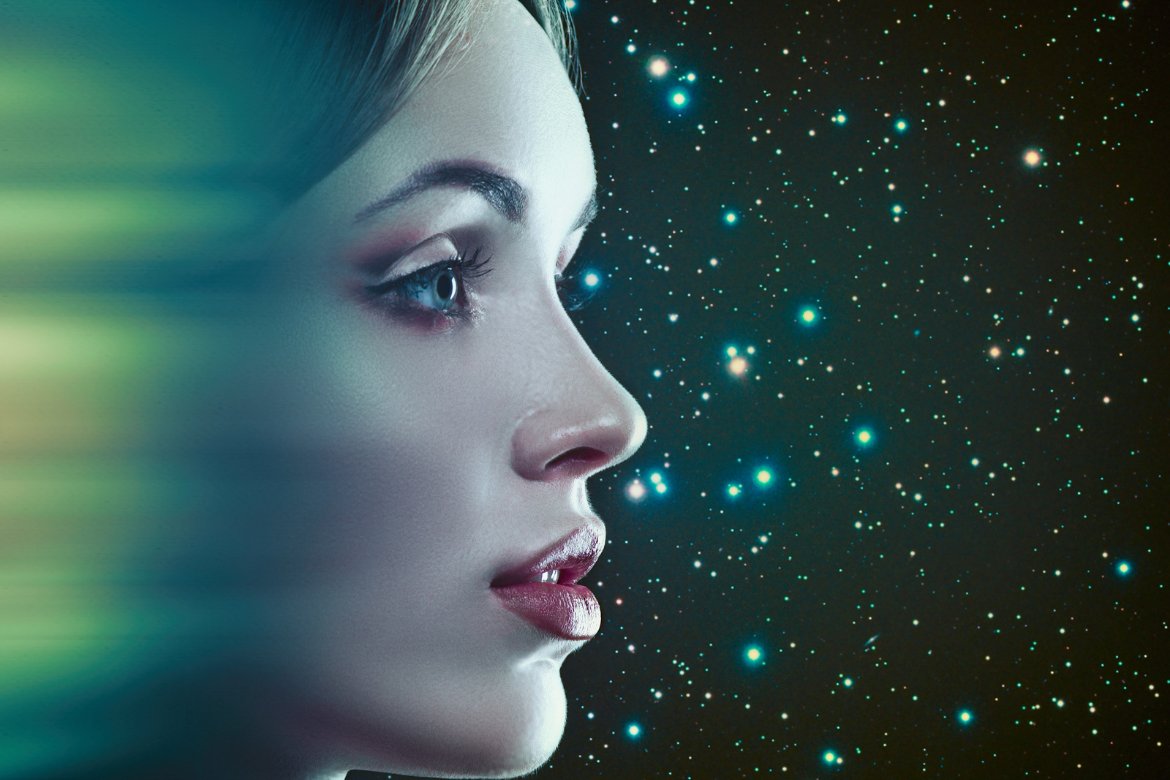3 min read
What is Psychedelic Therapy? Exploring The Link Between Psychedelics and Mental Health
KCLA Sep 20, 2022

There has been a long-standing history between psychedelics and mental health. Though psychedelics have garnered heavy stigma in past decades, they’ve slowly worked their way back into relevancy for overall mental and physical health. Moreover, many clinical studies now prove positive causation between psychedelics and mental health in what has been coined psychedelic therapy. So, what exactly is psychedelic therapy, how does it work, and what therapeutic processes are achieving such unprecedented results? Let’s take a trip!
What is Psychedelics Therapy?
Psychedelics therapy is a technique that uses various psychedelic substances to bring forth therapeutic relief from depression and other mood disorders. Whether from mental health disorders, general anxiety or depression, PTSD, or various other conditions, psychedelics therapy involves the controlled administration of these substances to beget positive effects. There are a variety of approaches and substances used in this field. Over the last couple of decades, researchers have been granted approval to conduct these trials after ketamine infusions have demonstrated unmatched efficacy in treating mental health disorders. Other substances have had the path paved for them and scientists and doctors are pushing these breakthroughs forward. Below are some of the most common substances used when pairing psychedelics and mental health, along with a brief history and common benefits.
- Psilocybin - This naturally occurring compound is found in over 200 species of fungi, and alters the mind, mood, consciousness, and perception. Research suggests that changes in our receptors during these alterations can positively impact conditions such as anxiety, depression, PTSD, cancer-related distress, and substance use.
- LSD - Much like psilocybin, lysergic acid diethylamide (LSD) greatly alters the mind and body and often puts users in a “trip-like state.” It is one of the more well-known substances in terms of psychedelics and depression, but can also potentially treat conditions like substance abuse, anxiety, PTSD, and illness-related distress.
- MDMA - Commonly referred to as ecstasy, this compound produces psychedelic effects a bit different from the two previous substances. Instead, it induces strong feelings of euphoria, altered perceptions, increased sociability, and other stimulations. Researchers, too, are conducting additional studies to reinforce early, positive findings for treating post-traumatic stress disorder. This is most likely going to have the first FDA approval among the non-approved psychedelics being researched today.
- Ayahuasca - Brewed from leaves in South America, this psychedelic has strong effects that can completely alter the body and mind. Its role in holistic and spiritual treatments has been long documented, but studies may indicate benefits in treating anxiety, depression, and substance use as well.
- Ketamine - The first and only FDA approved substance for psychedelics therapy is ketamine. It has traditionally been administered as an anesthetic for surgery and analgesic for acute pain in the ER, but over the last 22 years has been proven by more than 160 clinical trials to treat various mental health conditions. While the nasal spray, Esketamine, was approved by the FDA as a medication for treatment-resistant depression, almost all research for the past 20+ years has been done on intravenous ketamine which has a much higher success rate with fewer short term and no long term side effects. IV ketamine can be used on a larger variety of conditions as well. At KCLA, IV infusions of ketamine work on mood disorders more than 80% of the time. In comparison, Esketamine aka Spravato is effective about 40% of the time.
How is Psychedelics Therapy Administered?
The route of administration and processes for psychedelics therapy greatly differs between substances and in some cases within the same substance, as is especially prevalent with ketamine. IV infusions, IM injections, nasal spray, sublingual lozenges or troches, oral pills, topical creams, subcutaneous injections, and dermal patches are some of the ways ketamine and other psychedelics are provided.
Ketamine has the most reliable methods available today among the menu of options, as far as safety, efficacy, and achieving favorable results. For instance, Ketamine Infusion Therapy is an effective and proven method for receiving intravenous (IV) administration of ketamine. It can be performed in various clinics and treatment centers within the U.S. These low to moderate doses are supervised and monitored by healthcare professionals. These infusions help in treating depression, anxiety, PTSD, OCD, substance abuse, withdrawal, and suicidal ideation specifically, among other mental health conditions. With time, researchers hope to allow for more substances to reach the same accessibility, but for now, ketamine stands at the forefront of the exciting and rapidly expanding field of psychedelics therapy.
Ketamine Clinics Los Angeles
Ketamine Clinics Los Angeles is the leading mental health treatment center in the United States and provides the most effective and innovative therapy for mood available today; Ketamine Infusion Therapy. KCLA has been dedicated to this unique treatment for 9 years, 14,000+ infusions, and set the gold-standards in the field of psychedelics and depression, anxiety, PTSD, and other conditions.
The Ketamine Infusion Experience is a safe, comforting, and reliable therapeutic method which is conducted in their state-of-the-art treatment center. Most patients experience benefits within hours to days after their 2nd or 3rd infusion, making for rapid relief. The experienced and compassionate staff are among the most knowledgeable and experienced in the field and will work to make your experience a pleasant one.
For more information regarding the process or history, contact Ketamine Clinics Los Angeles today; 310-270-0625.

